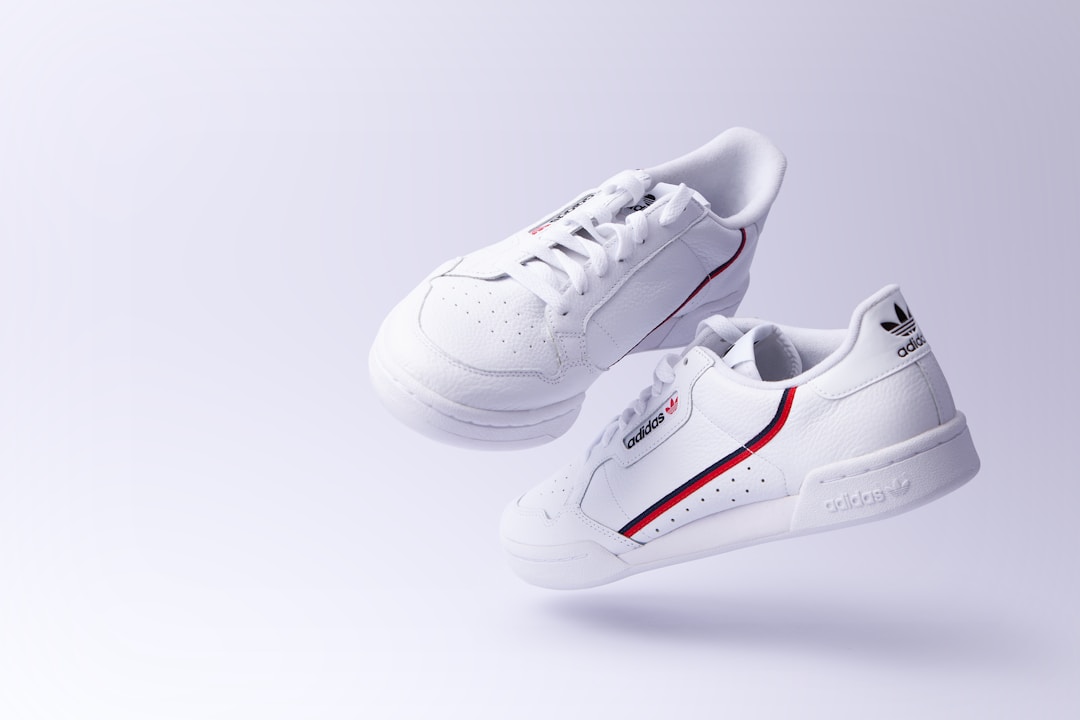Our feet undergo a severe amount of strain every day due to prolonged standing or other physical activities. There’s no denying that physical activities are beneficial for our health and overall wellness. However, being on your feet more or running errands could lead to foot pain. Thankfully, shoe insoles can help make your footwear more comfortable.
Shoe insoles have become more prevalent in recent years. For the most part, they’re a critical component for most footwear. Today, footwear comes with standard insoles to provide additional comfort and support. Some modern insole technologies feature foam cushioning to absorb shock and prevent joint pain. In this article, you’ll learn everything you need to know about shoe insoles.
What They Are

Insoles are removable contoured shoe inserts designed to provide comfort and arch support. They also offer pain relief from injuries, arthritis, and leg length discrepancies. Whether you’re wearing casual pants, skinny jeans, or leather pants, you can slip in a quality insole to make your footwear more comfortable.
Keep in mind that insoles should provide a perfect fit with the contours of your footwear. If you suffer from severe foot or ankle issues, consider seeing a board-certified podiatrist to get a professional evaluation. Chances are, you may require a custom orthotic insole.
Don’t know where to get a quality product? You may decide to check out powerstep.com—a notable insoles vendor. Powerstep insoles offer long-lasting support and relief. They also offer free shipping to U.S. residents. When going through the payment terms, check if any promo code or discount code applies to you. You can find Powerstep Orthotics on their e-commerce site or an independent retail store.
Types of Insoles
People wear insoles for different reasons. While some wear them to improve shoe-fitting, many others do so to promote airflow. That said, insoles come in different shapes, sizes, and designs. When choosing insoles, you must consider the type of footwear. Experts recommend buying quality footwear that provides comfort and proper fitting. That said, learn about some of the common types of insoles below.
Arch Support Inserts
This type of insole works best for people who require additional cushioning and support around their foot’s arch. Essentially, arch support inserts are perfect for those experiencing mild discomfort around the arch region.
Corrective Orthotics
Corrective orthotics is a particular type of shoe insoles that help restore the foot to its proper position, improving foot alignment. More so, it reduces the rolling associated with walking and running.
Gel Comfort Insoles
Gel comfort shoe insoles are made from quality soft and bouncy materials to provide maximum foot comfort. Essentially, this insole minimizes foot strain and absorbs shock generated when the foot hits a hard ground surface. Nowadays, many insole manufacturers incorporate gel technology into their designs.
Arthritic/Diabetic Insoles
Medical experts recommend arthritic/diabetic insoles for individuals who have diabetes or arthritis. Ultimately, this type of insole provides pain relief around the bottom and arch region. More so, arthritic/diabetic insoles help correct imbalances in the foot, invariably increasing blood circulation.
Benefits of Insoles

The benefits of shoe insoles are often understated. Fortunately, we’ve come up with a couple of significant benefits of shoe insoles.
- Comfort: People who wear insoles experience an increased comfort when on their feet or engaging in rigorous physical activity. There’s no gainsaying that these types of things cause discomfort.
- Relieve joint and muscle pain: This is one of the most significant benefits of shoe insoles. Insoles generally provide relief from the pain associated with ankle, foot, hip, and leg issues and also help reduce fatigue around the muscles.
- Feet alignment: Shoe insoles are designed to align the feet into a healthier position when you are on your feet, walking, or running. Remember to see a podiatrist or medical expert with a specialty in foot-related problems if you’re suffering from severe foot issues.
